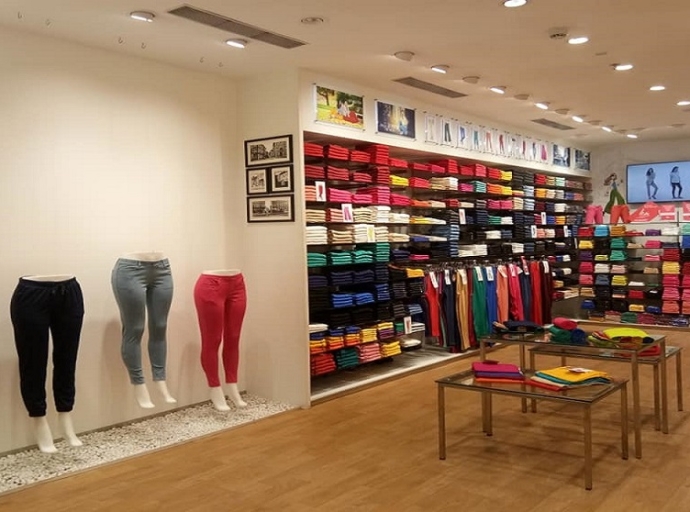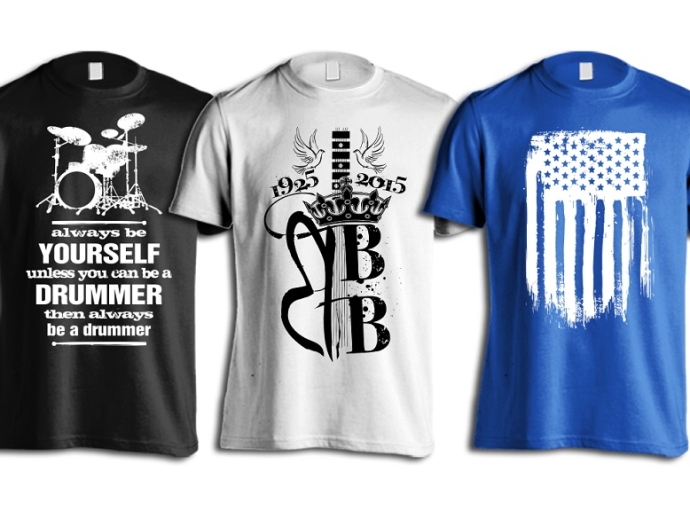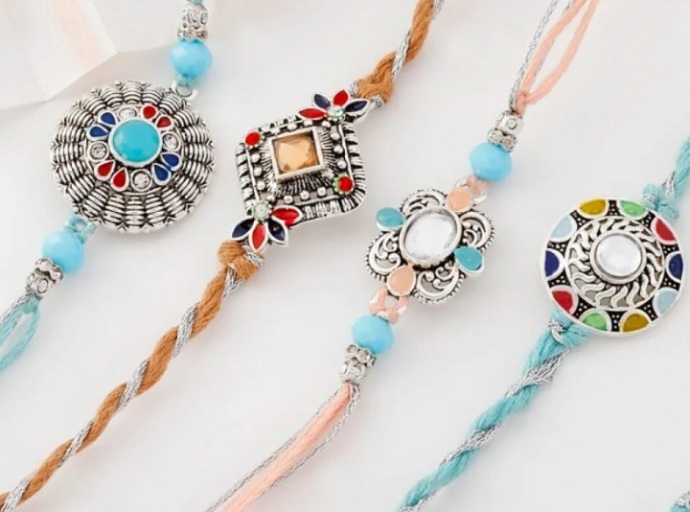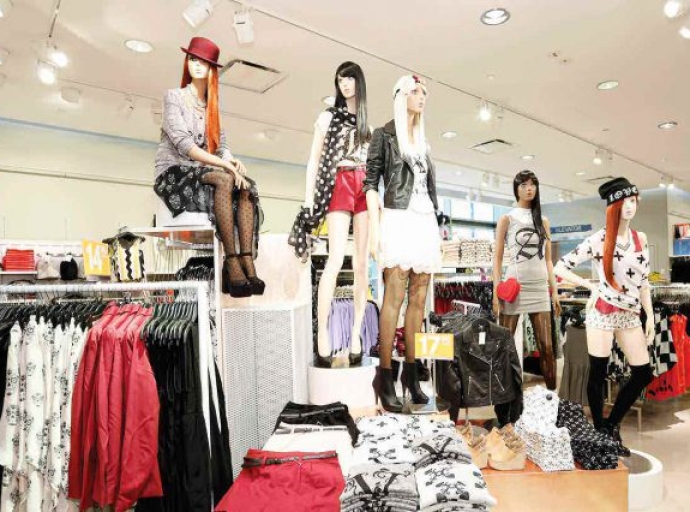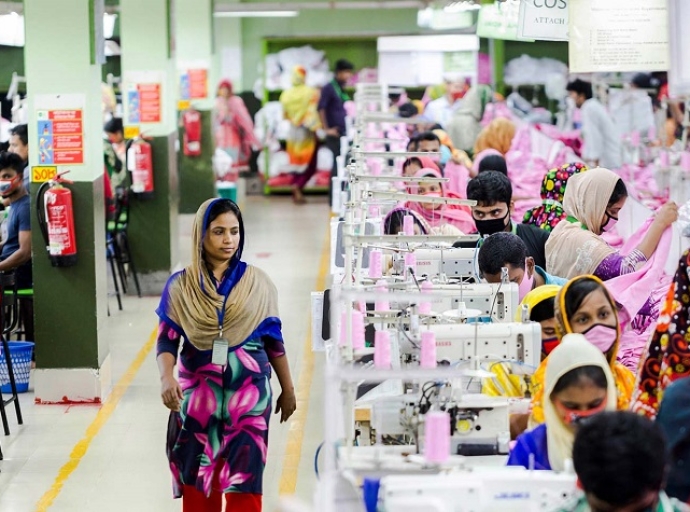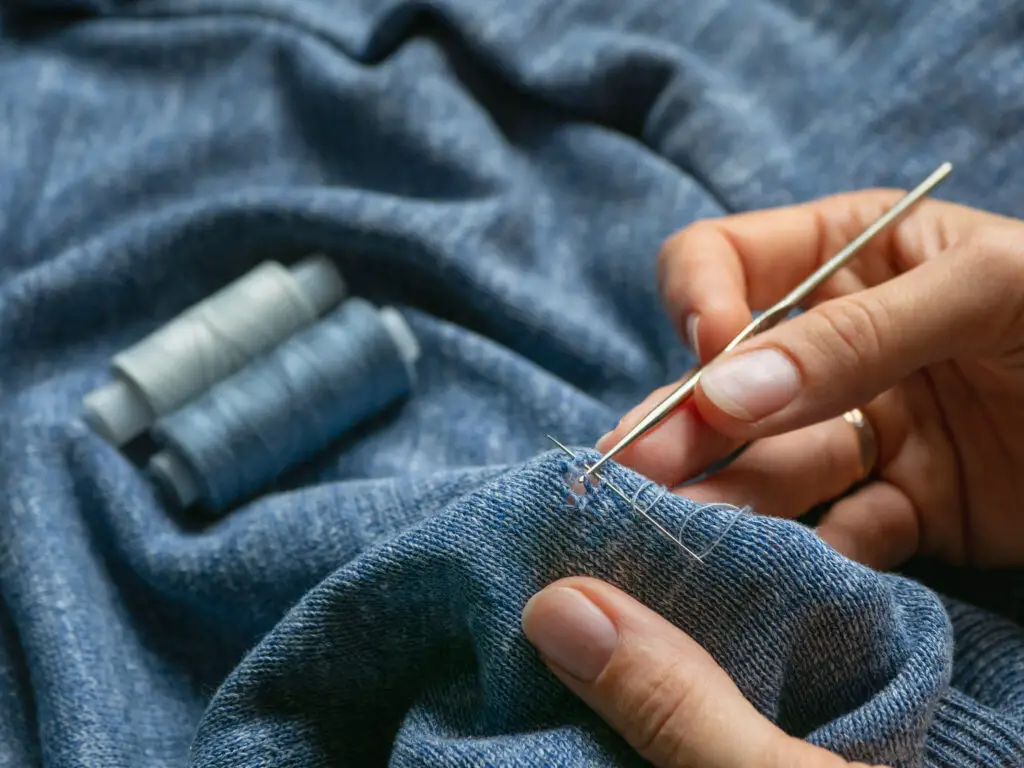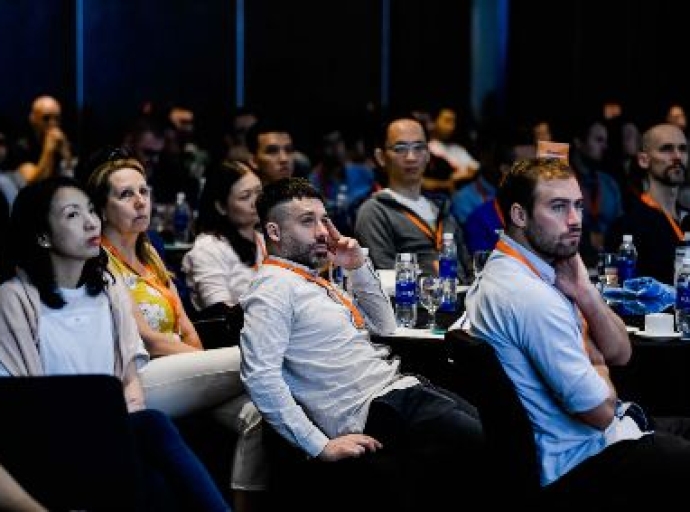02 September 2023, Mumbai
Retail sales in India have grown 9% YoY, as reported by the Retailers Association of India (RAI). QSRs, food, grocery, jewelry, and sports goods were the main drivers of growth, while apparel sales grew 8%. The report also indicates a rise in online-to-offline shopping.
Data points
South India saw the highest growth at 12%, followed by West India at 9%.
Apparel sales grew 8%, whereas End-of-season sales boosted sales in July. Retailers saw an uptick in business activity in the final week of July.
This was largely attributed to the commencement of their end-of-season sales.
End-of-season sales boost sales in July
Retailers saw an uptick in business activity in the final week of July, largely attributed to the commencement of their end-of-season sales.
This is in line with the global trend, as apparel retail sales have surged in the US and other countries.
Online-to-offline shopping becoming common
As consumer routines return to normalcy, a pattern of online-to-offline shopping is emerging. Customers are exploring products online but making purchases in physical stores.
This is a positive sign for the retail industry, as it suggests that consumers are still willing to shop in person.
Apparel retail surges globally
2022 has been a good year for fashion retailers across the globe. Sales revenues of apparel retail in the US increased 36.37% over 2020. Growth continues in 2022 with apparel retail sales surging 13.76% from January to April ’22 to $81 billion.
This is due to a number of factors, including the return of social events, the increasing popularity of athleisure, and the growing demand for sustainable clothing.
Retailers in India hope for a good festive season
This year’s festive season is expected to be different from the last two years as there are no COVID-19 restrictions.
Footfalls at both standalone retail outlets and shopping malls are expected to increase steadily. Retailers are optimistic about the upcoming season and are gearing up to meet the demand.
Prognosis
Early indications suggest that the upcoming festive season will be a busy one for retailers
Online-to-offline shopping becoming common
Phydigital
As consumer routines return to normalcy, a pattern of online-to-offline shopping is emerging. Customers are exploring products online but making purchases in physical stores. Brands are actively working to create a favorable shopping environment for customers as confidence keeps improving by the day given pre-festive season sales.
Conclusion
The Indian retail industry is in a good position to capitalize on the upcoming festive season. With no drastic curbs required, shopping malls can anticipate big crowds and retailers can look forward to a good season by adhering to all COVID-19-related norms.
Let's hope Diwali will come early this time!

